AIS users CT to NC, head’s up!
Oops: “Between July 27 and August 19, 2010, while conducting development testing of its Nationwide Automatic Identification System (NAIS), the Coast Guard inadvertently tele-commanded most AIS users transiting the Eastern United States between lower Connecticut and North Carolina to switch to AIS frequencies other than the AIS default frequencies (161.975 MHz – Channel 87B – 2087 and 162.025 MHz – Channel 88B – 2088)…”
“As a result, those users within uniquely defined channel management
regions (as shown in the picture) will neither see nor be seen by
vessels operating on the default AIS channels when within these regions.
Similarly, vessels operating on default frequencies will not see or be
seen by those vessels that were inadvertently switched to other frequencies.” You can download the USCG Alert 0710.pdf here.
 PS 10/1: SRT sent along a diagram illustrating how channel management can be used by the “competent authority” ashore to handle a situation where many transponders in a small area cause the standard AIS slots to fill up. The vessels in the right hand area have been switched to channels C and D, and can see each other fine but not the vessels using channels A and B. There is always a transition border around a changed channel area where vessels use one channel from inside and one from outside. For simplicity, the diagram only shows the transition zone along one border but, in fact, it would go all away around the C/D channel area. When done purposely, such channel management should be virtually invisible to transponder users (though AIS receivers would not see the vessels using channels C/D).
PS 10/1: SRT sent along a diagram illustrating how channel management can be used by the “competent authority” ashore to handle a situation where many transponders in a small area cause the standard AIS slots to fill up. The vessels in the right hand area have been switched to channels C and D, and can see each other fine but not the vessels using channels A and B. There is always a transition border around a changed channel area where vessels use one channel from inside and one from outside. For simplicity, the diagram only shows the transition zone along one border but, in fact, it would go all away around the C/D channel area. When done purposely, such channel management should be virtually invisible to transponder users (though AIS receivers would not see the vessels using channels C/D).
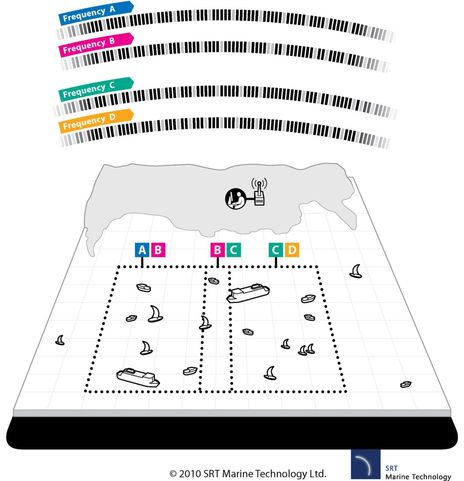


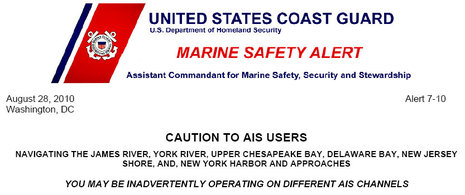
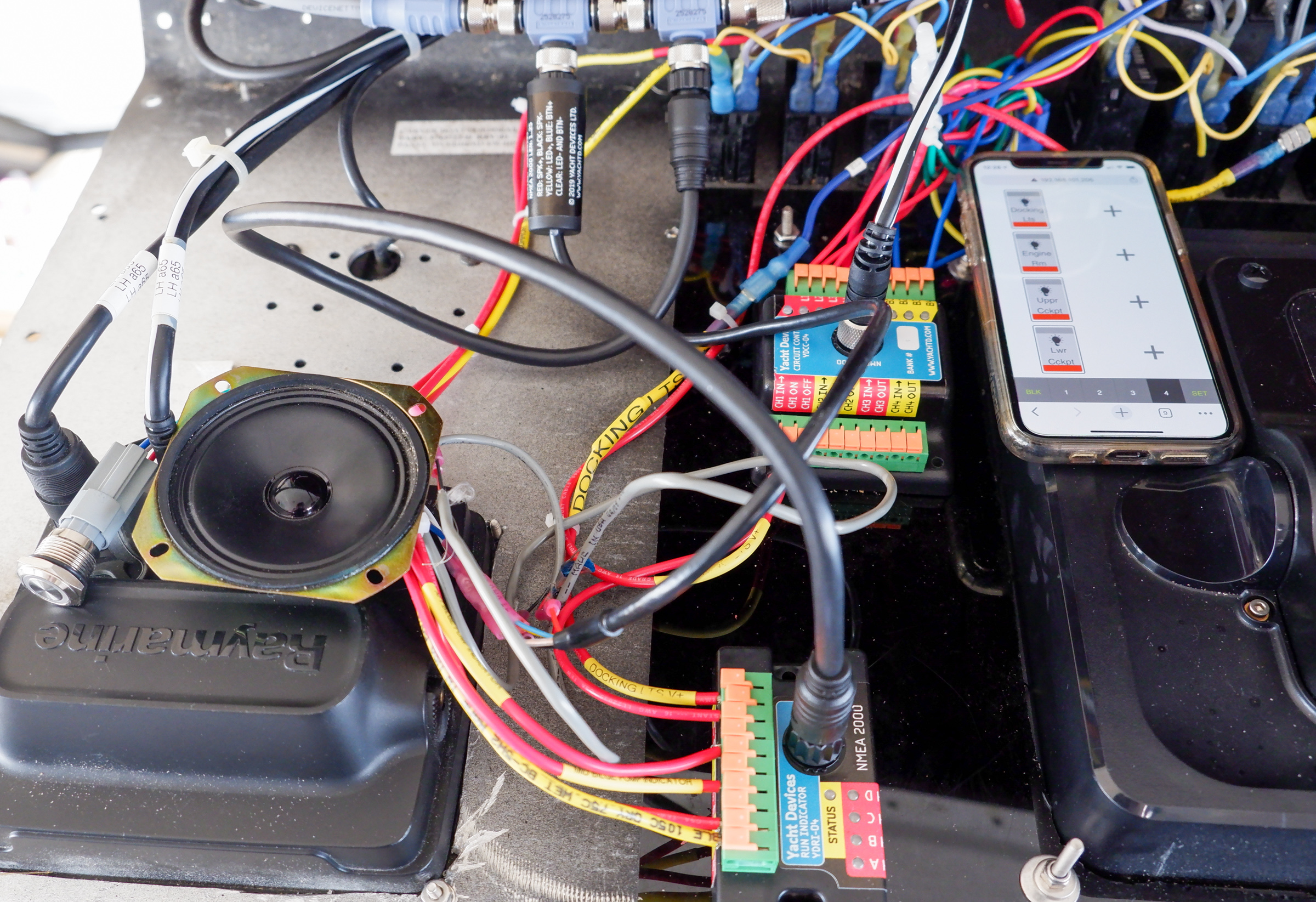
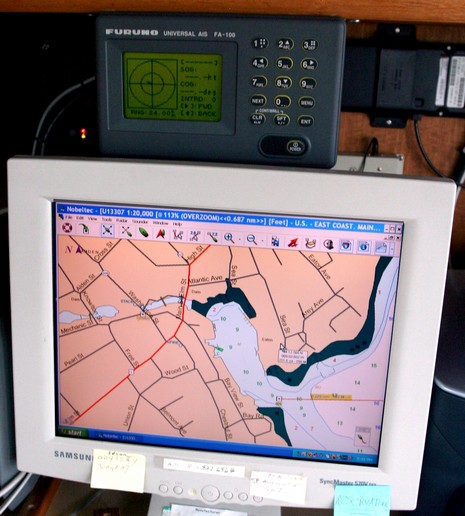
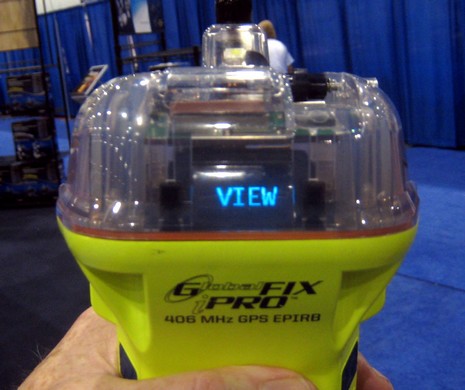
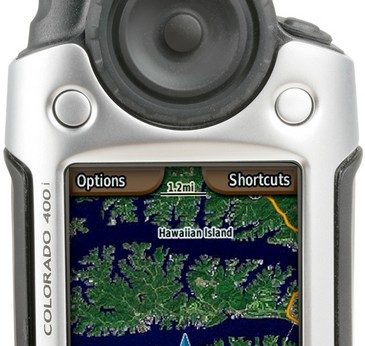







Even if your AIS transponder didn’t get messed up by this mistake, the pdf may be worth reading so you better understand a little used feature of the System.
Wow, that is a potent feature! Thanks for bringing this to our attention.
I looked at the manual for my FA-30 and it’s a pretty obscure function to reset the channels.
More significantly, I’ve been doing a lot of reading on cyberwar and cybercrime and spoofing this message seems like a pretty easy way to wreak havoc upon marine activities as we become more accustomed to seeing traffic via AIS. Sounds like we better keep the radar running.
Thats huge – why were they experimenting in such a critical area of the country eg New York/Baltimore area, and where was the checking that let it go on so long since all of these folks would clearly be transmitting on different channels from the expected ones? This poses a lot of management level control issues even if the root cause was a technician level goof.
Well, there may have been less AIS disruption here than one might first think. If every AIS transponder working within a defined channel management area is simultaneously switched to different channels, the change would be transparent, except maybe at the borders of the management area. (And also to AIS receivers, which know nothing about this AIS capability.)
It looks like the USCG accidentally made this change and now feels obliged to warn people about the situation created. If they’d done the channel change purposely they could have switched everyone back to the default channels on 8/19, but having done nothing for 11 days means that vessels new to the management area are using default channels while vessels that were there between 7/27 and 8/19 aren’t. Messy!
At any rate, starting on Wed. the USCG will be broadcasting messages that will put all AIS transponders back on the default channels in the management areas. I’ve never written about, or paid much attention to, this channel changing deal because it’s my understanding that it’s hardly ever used. I think it was put in place mainly because when AIS was first developed the two standard AIS channels had not been secured worldwide (particularly in the U.S.).
Note that the change can be done three different ways: from shore via AIS message 22, from shore via DSC channel 70, and individually via the display on a Class A transponder. I didn’t know about the latter method until today, and, as far as I know, no Class B transponder has this function. Making all this stuff work is part of why AIS is complex and, to a certain degree, expensive.
More detail here:
http://www.navcen.uscg.gov/?pageName=AISFAQ#19
Ouch, does the AIS set show any kind of warning that it’s been “hi-jacked” do you know? It’s bad enough it happening at all but if you don’t know it’s happened it’s a disaster in the making.
All Furuno Customers,
We quickly wrote up an AIS Channel Check Document for all Furuno customers with FA30 Receiver, FA50 Class B, and FA150 Class A AIS Systems.
http://www.furunousa.com/ProductDocuments/AIS%20Channel%20Check.pdf
Furuno Tech
Well done, Furuno! And interesting to note that Furuno built channel management into its Class B transponder and even its receiver.
But if I were in the middle of the messed-up channel management region right now, I’m not sure what I’d do, even I could change the channels on my own AIS. If I understand the situation correctly, there are two different AIS networks in action right now, with vessels that have been around there for more than 11 days on the changed channels (22 & 22B in the large area) and newly arrived vessels on the normal channels. Maybe the clever thing would be to choose one default and one changed channel until Wed. when all the active vessels should get straightened out.
Incidentally, I believe that there is one area of Japan where this AIS channel switching has gone on for years, without problems. If anyone has more detail on that, please share.
All well and good that they are going to change things back to normal on Wednesday, except, what about the ships that have left US waters? It’s beyond a blunder, it’s striking at the whole concept of trust in your instruments. Where does ECDIS stand when the competent authorities turn out to be incompetent?
Fishwife, As I understand it, the channel change ONLY applies within the channel management area. When a vessel leaves the area, its AIS reverts to default channels. Also, if it goes more than 500 miles or over 5 weeks from a channel change order, the order will self destruct so even if the vessel returns to the management area its channels won’t change unless it receives another change command.
Note that I’ve added an illustration of AIS channel management to the entry (thanks SRT!).
This latest incident is one of several that demonstrates what happens when an organization get to large and has such a large number of missions to perform. Like a kitchen gadget that does everything, but none of them well. The Coast Guard needs to get back to the basics; spin off drug enforcement and give it to the Drug Enforcement Agency, Spin off environmental enforcement and transfer it to the Environmental Protection Agency, The homeland security mission would be better managed by customs and the US Border Patrol. Many of the current missions of the Coast Guard are highly technical; this is compromised by their military personnel structure.
The Coast Guard would better serve the maritime community if their mission was marine safety. Search and rescue, aids to navigation, vessel traffic control, and marine inspection are their historic areas of expertise. They are essentially out of the search and rescue business here in Puget Sound. They patrol our border with Canada, and the US Border Patrol does the same.
This latest AIS fiasco shows their lack of technical expertise, and the agency that is tasked with marine safety is actually creating safety hazards. They are too big with way too many missions to do any of them in a professional manner. I am sure glad the do not have responsibility for launching nuclear missiles.
Pat Harman
Follow up details:
* For several years, certain areas of Japan did use AIS channel management because the standard frequencies had been dedicated to another use, but that situation ended in 2005.
* At this time, AIS channel management is apparently not being used on a regular basis anywhere in the world, because the standard frequencies have been secured everywhere, and are handling the present traffic fine. There is occasional testing, which in this particular case didn’t go well.
* A Class A transponder is required to notify a user of a channel change via its display. (I don’t know about Class B’s.)
* The USCG started transmitting corrective channel change messages at 8pm on Monday, slightly ahead of schedule, and the process of normalizing the two channel management areas in the map above seems to be going fine.